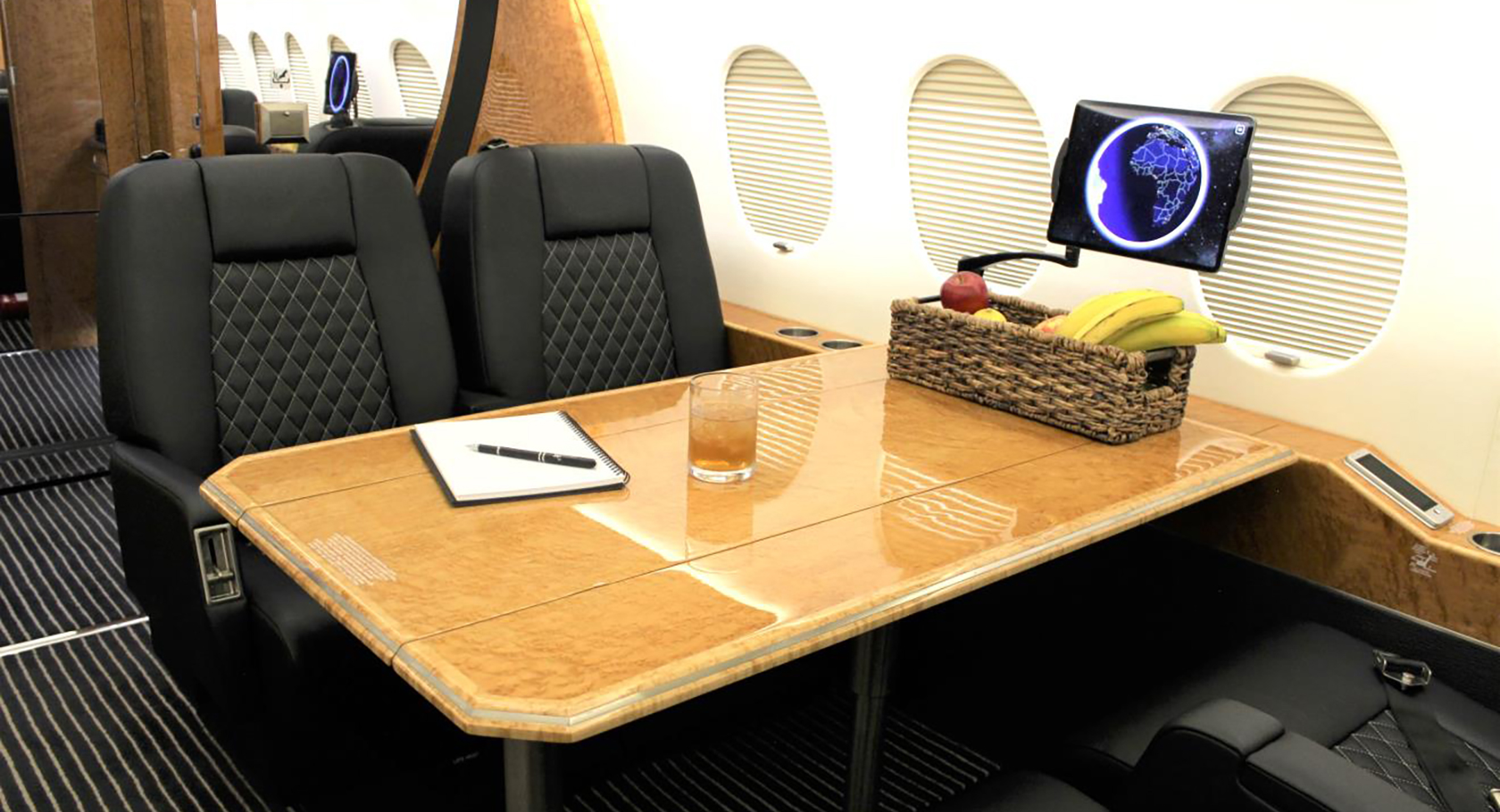Back in Force: 100% Bonus Depreciation
For prospective buyers of business aircraft, the tax landscape—and the market—has dramatically shifted in 2025, offering a bigger incentive than previous years. As anticipated, the newly enacted One Beautiful Bill Act permanently restores 100% bonus depreciation for qualified aircraft acquisitions, effective for business assets placed in service on or after January 19, 2025.
The law signed on July 4 means that all new and used aircraft that qualify for business purposes are now eligible for the full tax depreciation benefit for the first time since 2022. Going into the year, 2025 had been a phase-out year, limiting depreciation to 40% of the asset’s value.
For those buyers waiting for this to arrive, the market is now open to find their next aircraft. And they won’t be alone—as aircraft bonus depreciation’s full return is expected to ramp up transactions and activity.
What Is the Bonus Depreciation on 2025 Aircraft?
While we at Hatt & Associates join the rest of the private aviation community in welcoming back this valuable tool, it does add some urgency for buyers to contact experienced professionals. As we head closer to the end of the year, the clock is ticking on:
- Locating and securing the right aircraft
- Completing pre-buy inspection and delivery
- Flying enough to meet the 50% business-use threshold
The upcoming quarter is also key to determine how a business-use aircraft will align with the year’s business income and whether it makes the most sense to take advantage of 100% accelerated depreciation. For example, if Q3 earnings come to project a $10M income for 2025, it would be advantageous to be able to deduct the full $10 million for the purchase of an aircraft in this year—all at once.
That accelerated deduction can significantly improve cash flow, free up funds for growth and reduce your company’s taxable income in the year of acquisition—something that motivates aircraft buyers and incentivizes owners to upgrade.
Aircraft transactions are not an instantaneous process, however, it’s wise to ensure you have enough time within this year to complete all of the contracting, servicing and additional processes needed to fly in 2025.
Another factor to consider is that the Section 179 expensing has also been raised with this law, giving owners another option to bonus depreciation. The maximum immediate expense deduction that business owners can take has been raised to $2.5 million. Depending on the circumstances, that might be a better option for you.
Timing and Getting the Right Expert Advice
Hatt & Associates works with a worldwide network of experts, including Aviation Tax Consultants (ATC) to provide the specialized aviation and regulatory knowledge to reduce the tax burden and make informed decisions.
We’re also connected with MROs to help schedule pre-buys and needed service before putting an aircraft into service. It’s also important to note that bonus depreciation can also be used on modifications, so expect that shops are going to have a fuller service schedule before the end of the year, as well.
All of that planning will have you prepared to have enough time to clear the IRS’ requirements in 2025, with at least two business flights to exceed that 50% threshold. The fourth quarter is always the busiest time for aircraft transactions. This year is shaping up to be even more so.
We help clients align aircraft acquisitions with tax planning goals, structuring deals and usage to maximize value while ensuring IRS compliance. If you’re considering a business jet this year or next, this is a pivotal moment—one that can reshape your investment return.
Let’s explore how bonus depreciation can work for your aircraft acquisition plans, reach out to Hatt & Associates to start the conversation.
